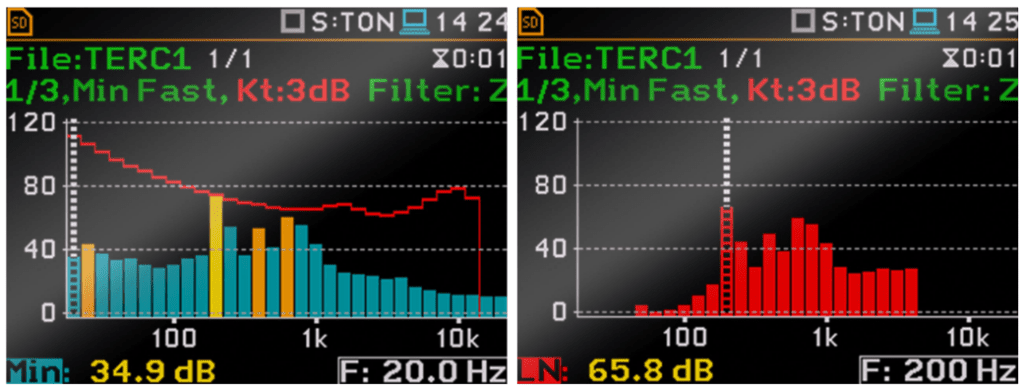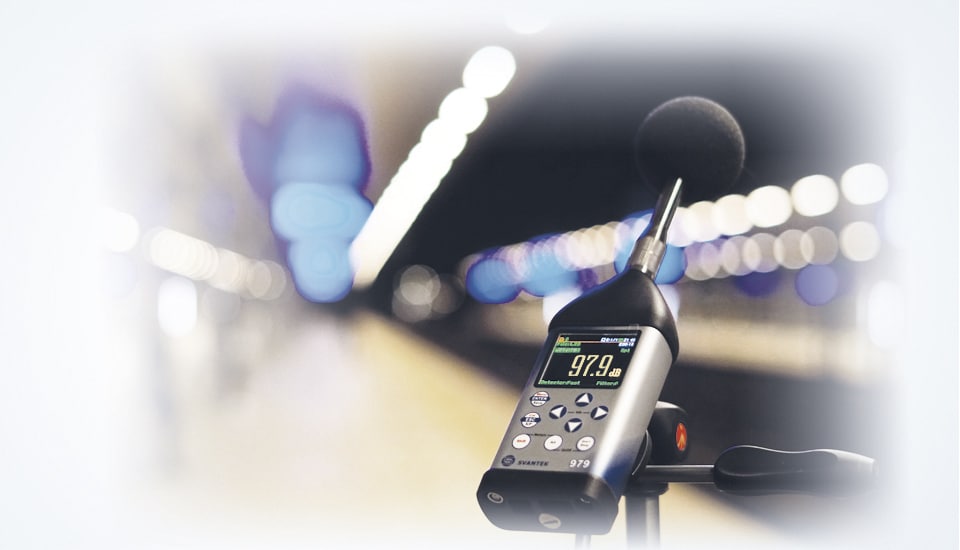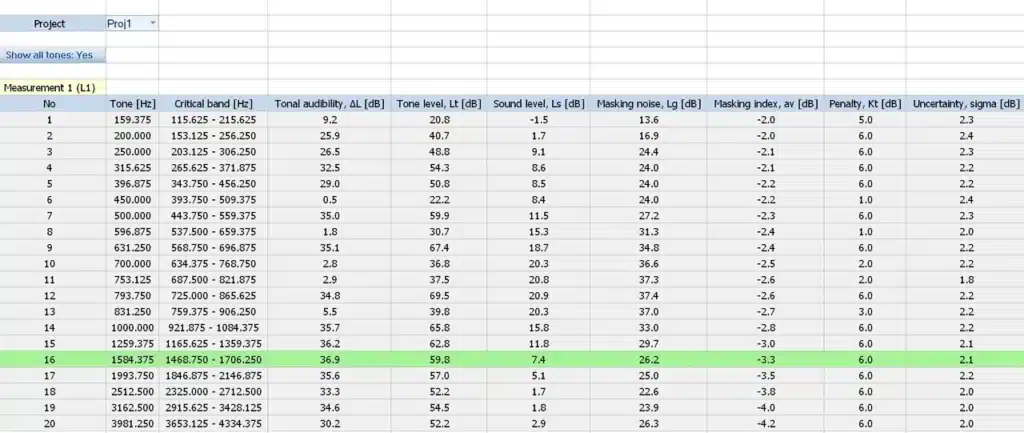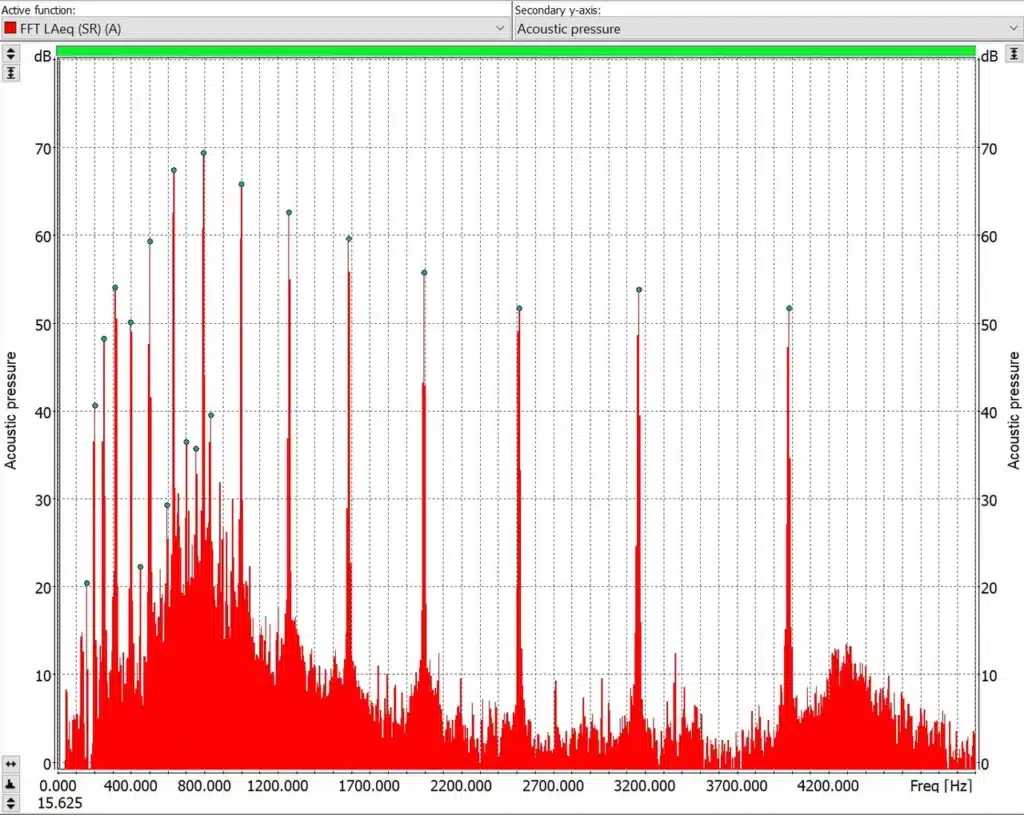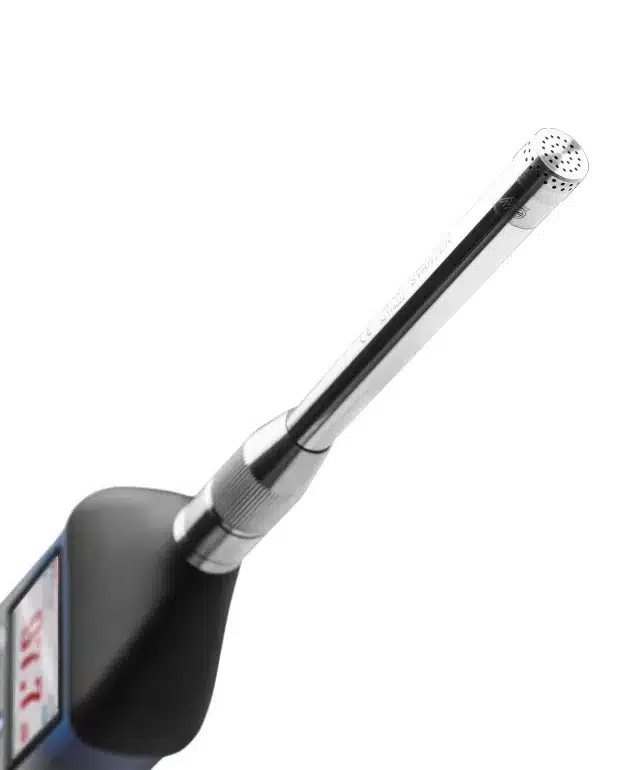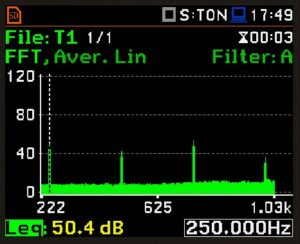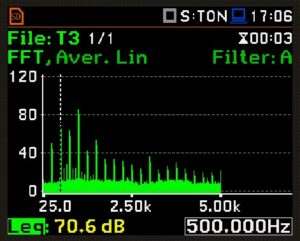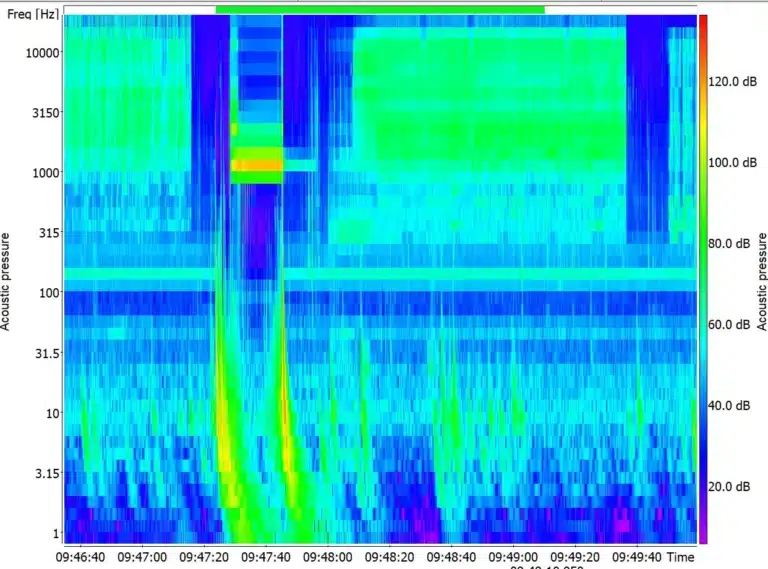Tonality
Tonality is a measure of sound quality, examining how humans perceive tonal components in acoustics. It involves identifying and measuring tones in sound spectra. Tonality plays a significant role in understanding sound quality and has diverse applications, from assessing noise annoyance to optimizing product sound design.
